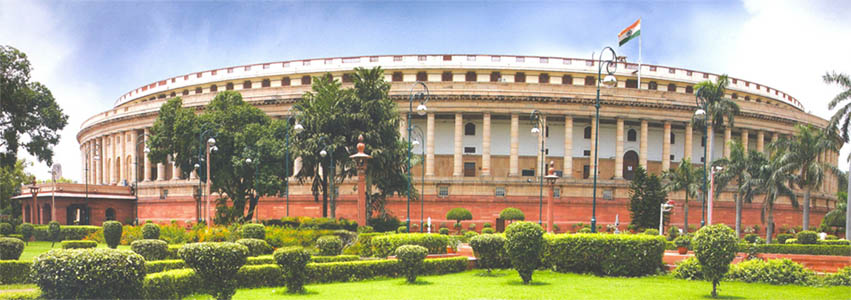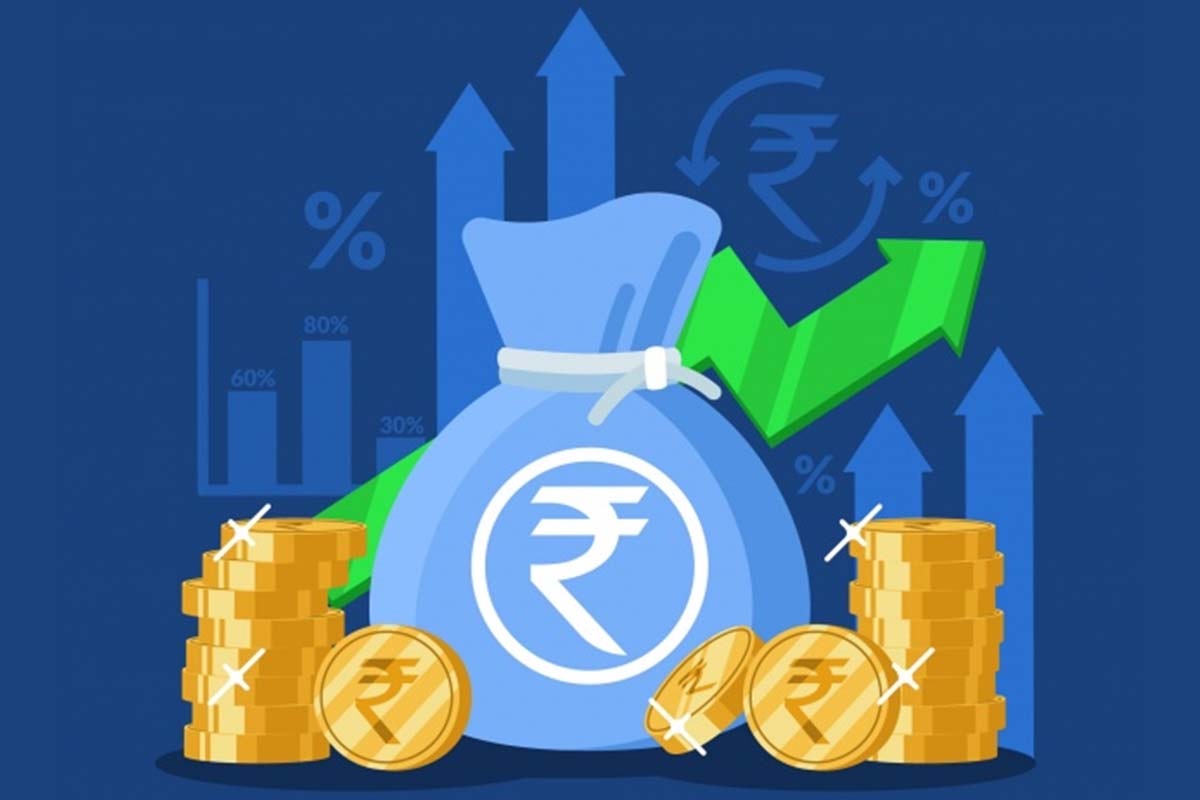Satyaki Roy
 The sharp contraction of India’s GDP in 20-21 Q1 (April-June) of 23.9 per cent according to the quarterly estimates released by the National Statistical Organisation is a summary measure that need to be deconstructed to capture the ailing state of the Indian economy. The three sectors that suffered bigger contraction are respectively construction (-50.3%), trade hotels and restaurants (-47%) and manufacturing (-39.3%). Notably these are also the sectors that provided non-farm employment to those shifted out of agriculture in the past three decades. During the period 2000 to 2012, on an average yearly 7.5 million jobs were created in these sectors of which construction absorbed the largest share. Non-farm jobs declined after 2012 and the annual average fell to 2.9 million till 2018. In a country like India where the employment challenge is primarily to provide jobs to the vast majority of unskilled workers, construction and retail trade played a significant role particularly when capital intensity in the manufacturing sector has been rising resulting in a steep fall in employment elasticity in the factory sector. In fact there has been a yearly contraction of 0.6 million manufacturing jobs in India during the period 2012-18 and mind that there was no pandemic situation that time. Therefore attributing the current contraction entirely to the pandemic would be imprudent and this further explains the fact that although major countries of the world are facing the same mega-health crisis but India recorded the biggest contraction within the G-20 group. The ‘act of God’ only aggravated what resulted from the act of earthly beings!
The sharp contraction of India’s GDP in 20-21 Q1 (April-June) of 23.9 per cent according to the quarterly estimates released by the National Statistical Organisation is a summary measure that need to be deconstructed to capture the ailing state of the Indian economy. The three sectors that suffered bigger contraction are respectively construction (-50.3%), trade hotels and restaurants (-47%) and manufacturing (-39.3%). Notably these are also the sectors that provided non-farm employment to those shifted out of agriculture in the past three decades. During the period 2000 to 2012, on an average yearly 7.5 million jobs were created in these sectors of which construction absorbed the largest share. Non-farm jobs declined after 2012 and the annual average fell to 2.9 million till 2018. In a country like India where the employment challenge is primarily to provide jobs to the vast majority of unskilled workers, construction and retail trade played a significant role particularly when capital intensity in the manufacturing sector has been rising resulting in a steep fall in employment elasticity in the factory sector. In fact there has been a yearly contraction of 0.6 million manufacturing jobs in India during the period 2012-18 and mind that there was no pandemic situation that time. Therefore attributing the current contraction entirely to the pandemic would be imprudent and this further explains the fact that although major countries of the world are facing the same mega-health crisis but India recorded the biggest contraction within the G-20 group. The ‘act of God’ only aggravated what resulted from the act of earthly beings!
If we go by the quarterly estimates in a time series, the highest growth in the recent past was recorded in 2018-19 Q1 which was 8.2%, after that there has been a consistent decline bottoming to 3.2% in the fourth quarter of 2019-20 immediately before the COVID-19 sets in. It is understandable that the growth of Index of Industrial Production (IIP) as recorded in the latest data show a negative trend in all the sectors but what is also important that the growth of IIP in 10 out 23 sectors recorded negative growth even before the pandemic. The recent press release also reveals some uncomfortable facts. Percentage change in the main indicators of 2019-20 Q1 suggests that sales in commercial vehicles were already showing negative growth one year back, cement industry was growing at only 1%, cargo and passenger handled in airports as well as for railway passenger kilometres recorded negative growth. According to the latest estimate investment collapsed by -47.1% which is highest in the past sixty years. True that disruption in productive activities caused by COVID-19 is unprecedented but it is also true that the growth of fixed investment started consistently slowing down from 2018-19 and slumped into contraction in the quarter ending on September 2019-20 recording the lowest count in the past ten years.
Centre for Monitoring Indian Economy (CMIE) releases monthly employment-unemployment figures and the unemployment rate in India sky rocketed during the past six months of the lockdown. The unemployment rate came down gradually as the economy unlocked in phases but still continues to be very high compared to long term average. During the entire period of March-August 2020 the average unemployment rate was 13.7% and in urban India unemployment rate (15.2%) was higher compared to rural India (12.4%). As the economy gradually unlocked, for the month of August 2020 all India unemployment rate came down to 8.35% while in urban and rural India it was recorded to be 9.8% and 7.6% respectively. What is even more disturbing that the lock down had far greater negative impact on the female and the youth labour force compared to the adult males. Average urban female unemployment rate during the lockdown period i.e. March to August 2020 was as high as 24.5 per cent which slightly declined to 21.9 per cent in the month of August 2020.

In the case of rural female the March-August average unemployment rate was 18.9% which came down to 14.7% in August 2020. All these figures are much higher than the average unemployment rate for the entire population and this is because the burden of contraction heavily fell upon the female labour force whose participation rate was suffering a steep decline even before the pandemic. CMIE also provides the age wise distribution of unemployment and the figures suggest how we are miserably failing in taking advantage of the much talked about demographic dividend. In August 2020 unemployment rate among the youth of age 15-19 stood at 60.9 % and for the age groups 20-24 it was 48.5% while for 25-29 years, unemployment rate was recorded 17.6 %. What is important to note that for these age groups unemployment rate continued to be very high even if the economy got partially unlocked. This is because even if economic activities resumed in various sectors there has been no fresh recruitment happening. Roughly 12 million people join the active age population every year although in the recent past decline in the labour force participation was primarily because of low availability of jobs and if the unemployment rate is already so high it would have a cumulative effect as the number of job seekers would pile up in successive years through new entries in the labour force.

Revival of the economy does not seem to be an automatic process. Despite the fact that agriculture recorded a positive growth during the first quarter which is understandable because activities partially continued in rural India although produced crops could not be marketed to a large extent due to the lockdown. Rural indebtedness is likely to increase as large number of farmers will not be able to repay their loans as they could not realise the values of harvested crops. In the case of manufacturing goods, unlocking the economy may not bring back the desired demand precisely because of the huge income loss suffered by a vast section of the population. Those who could retain their income also would be cautious in spending as consumption of manufacturing goods can be deferred and in a situation of uncertainty such deferred consumption will be the normal consumer behaviour. In the manufacturing sector a reduction of orders of final product causes complete stoppage down the supply line of intermediate suppliers as they would clear their inventories rather than produce fresh batches. This is what is known as ‘bullwhip effect’ which amplifies the contraction giving rise to cumulative effect through negative multiplier in the economy at large. In the services sector transport in general and aviation industry in particular as well as hospitality and tourism are expected to face longer term contraction. Financial service is relatively less affected as transactions in these sectors do not require physical interaction.
Loss of jobs or partial reduction in salaries for five to six months has caused havoc to the majority of the workforce. People who are self-employed and constitute roughly 84 per cent of the unincorporated non-agricultural enterprises or the informal sector are completely devastated by the pandemic. Small businesses who do not have big pockets could barely sustain their living on the basis of accumulated savings and by depleting their working capital. Simply unlocking the economy therefore is not going to bring back business as usual. Infusion of demand is the need of the hour. Some minimum income security and massive employment guarantee programmes can only bring back buyers once again to the market, producers then can think of employing people and producing with the expectation of profit, investors will see hope once consumption demand is restored. But this has to be complemented by measures that bring back supply in place. The migrant workers who were pushed back to villages, to whom cities were cruel in difficult times, lost their jobs and income and were cheated by their employers and didn’t see any remorse in the urban society at large, would think twice before being forced to come back to their workplaces once again. Small industries and businesses need credit to restart activities but all these would be perceived as meaningful only when the vast Indian population regain their buying capacity. The economy needs immediate intervention by the government, a big push to rejuvenate income and employment. It is time to listen to the people of India rather than satisfying the credit rating agencies and their futile mantra of fiscal prudence.
The author is Associate Professor at ISID, New Delhi


